Advertisement
Natural Language Processing (NLP) is transforming how we interact with technology, especially through conversational AI. It allows machines to understand and respond to human language, making communication seamless. From chatbots to virtual assistants, NLP powers intelligent experiences that feel natural. This technology is shaping industries, improving customer service, and enhancing how we solve problems every day.
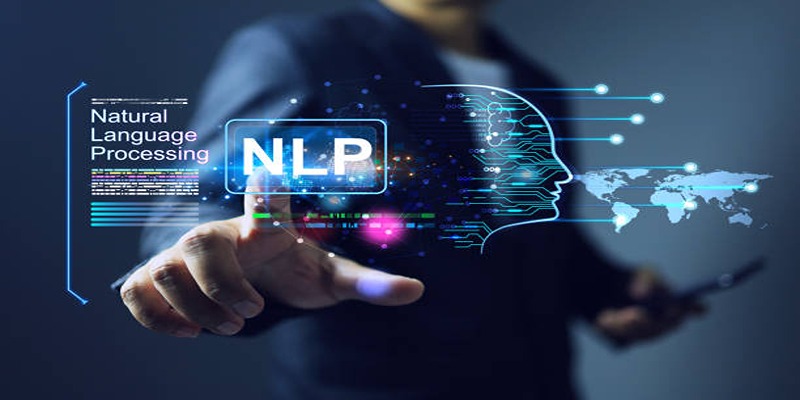
Natural Language Processing (NLP) is a branch of artificial intelligence dedicated to helping computers understand, interpret, and generate human language. Achieving this is no simple task. Human language is intricate, packed with nuances, idioms, and shifting contexts that can be challenging to navigate—even for people.
For conversational AI, NLP is the driving force behind enabling chatbots, virtual assistants, and other systems to communicate like a human. Here’s a quick look at what NLP does:
NLP helps machines break down language into structural components, identify key elements, and decode input meaning. For example, it can analyze the sentence, "Can you book a flight for me tomorrow afternoon?" breaking it into intents ("book a flight") and entities ("tomorrow afternoon").
NLP doesn’t just understand language; it generates human-like responses. Whether it’s suggesting the next word as you’re typing a message or generating full-fledged conversations, NLP helps conversational AI respond in a way that feels natural.
NLP recognizes emotional undertones within text. For example, it can determine whether a customer’s message is positive, neutral, or filled with frustration, enabling smarter, more empathetic responses.
Through techniques like tokenization, semantic analysis, machine translation, and deep learning, NLP equips conversational AI systems with the ability to not only understand humans but also communicate effectively in multiple languages, across various tones and contexts.
NLP bridges the gap between human language, which is unstructured and often ambiguous, and computers, which traditionally process structured, explicit instructions. Without NLP, conversational AI systems would struggle to interpret slang, maintain context in conversations, or offer meaningful interactions.
For example:
Ultimately, NLP ensures that machines don't just respond but actively engage, providing solutions that feel tailored and intelligent.
Previously, a chatbot’s ability to hold a meaningful conversation was often limited to single-turn queries like, “What are your store hours?” Today’s systems, fueled by sophisticated NLP, can maintain context over multiple interactions.
For instance:
By using NLP models like transformers and contextual embeddings such as BERT (Bidirectional Encoder Representations from Transformers), these systems can accurately infer meaning across long exchanges for seamless experiences.
With globalization in full swing, enterprises need conversational AI that speaks more than just one language. NLP technologies are pushing the boundaries of language translation, enabling chatbots to serve users in multiple languages seamlessly.
For instance:
This trend makes conversational AI more inclusive and valuable for businesses operating globally.
Emotion adds a critical dimension to human interactions. Conversational AI systems are now harnessing NLP to gauge a user’s emotions through text or voice tone.
For example:
This development is not just enhancing user satisfaction but fostering brand loyalty.
NLP is also enabling “AI personas” that are more relatable and fine-tuned to specific audiences. For example:
By training NLP models to mimic different tonalities, users feel they’re talking to an entity that understands not just their queries but their emotional state and preferences as well.
Voice interfaces are gaining popularity, and NLP is the foundational technology making them work. Smart home devices, automotive virtual assistants, and accessibility tools have benefited massively from advancements in voice-based conversational AI.
Voice-first platforms like Amazon Alexa and Google Assistant have NLP engines that allow users to interact naturally, without needing to repeat rigid command phrases.
Finally, conversational AI is evolving beyond just answering questions to performing complex actions by integrating NLP with other technologies. The fusion with machine learning (ML) and predictive analytics empowers systems to anticipate needs and deliver outcomes proactively.
For example:

NLP-powered conversational AI is being adopted across industries to improve operational efficiency, offer 24/7 customer support, and personalize client interactions. Here are some use cases:
Natural Language Processing (NLP) has revolutionized the way industries interact with customers, streamlining processes and enhancing user experiences. From retail to education, NLP empowers businesses to deliver tailored and efficient solutions. As this technology continues to evolve, its potential to further transform various sectors and improve accessibility is boundless. By harnessing the power of NLP, organizations can stay competitive while meeting the growing demands of a digital-first world.
Advertisement

Struggling to keep track of your cooking steps? Discover how Gemini AI acts as your personal kitchen assistant, making cooking easier and more enjoyable in 2025
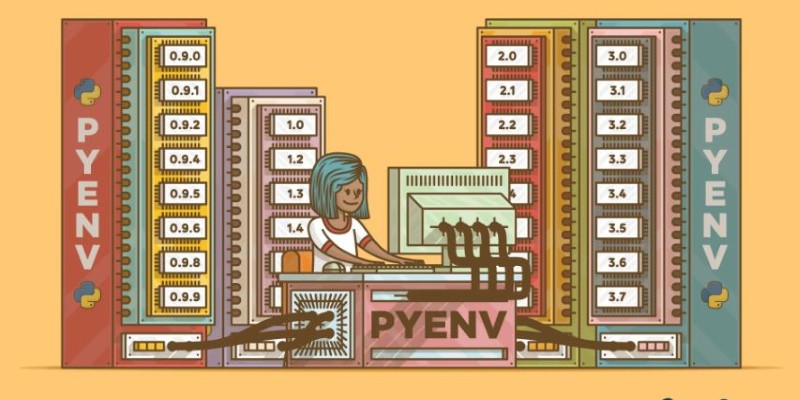
Tired of dealing with messy Python versions across different projects? Learn how pyenv can help you easily install, manage, and switch between Python versions without the headaches
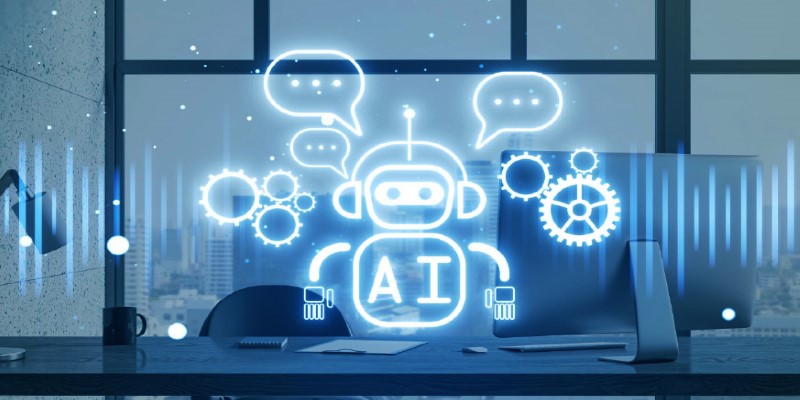
Struggling with code reviews and documentation gaps? Discover how SASVA from Persistent Systems enhances software development workflows, offering AI-powered suggestions

Discover how Snowflake empowers EdTech vendors with real-time data, AI tools, and secure cloud solutions for smarter learning
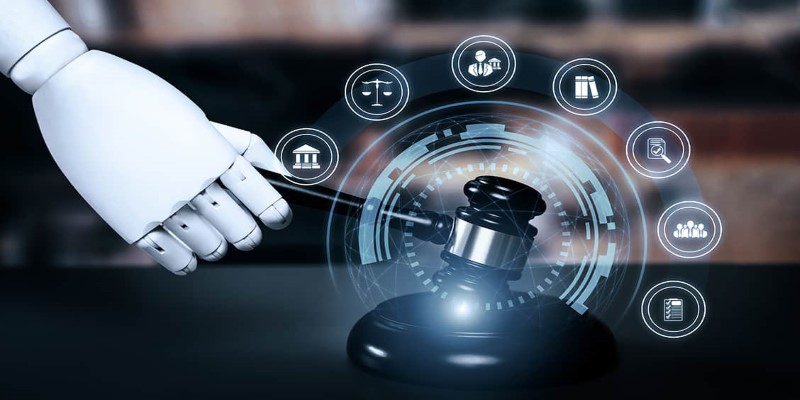
Wondering who should be in charge of AI safety? From governments to tech companies, explore the debate on AI regulation and what a balanced approach could look like

Explore the top 12 free Python eBooks that can help you learn Python programming effectively in 2025. These books cover everything from beginner concepts to advanced techniques
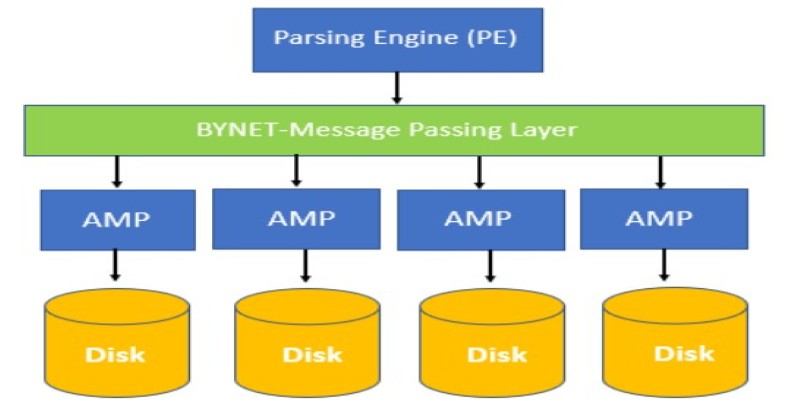
Find out the concepts of Teradata, including its architecture, key features, and real-world uses. Learn why Teradata remains a reliable choice for large-scale data management and analytics

Thinking of running an AI model on your own machine? Here are 9 pros and cons of using a local LLM, from privacy benefits to performance trade-offs and setup challenges
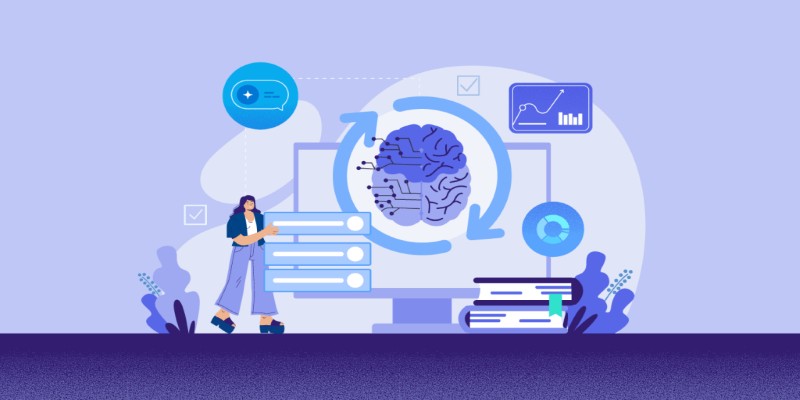
Not sure how Natural Language Processing and Machine Learning differ? Learn what each one does, how they work together, and why it matters when building or using AI tools.
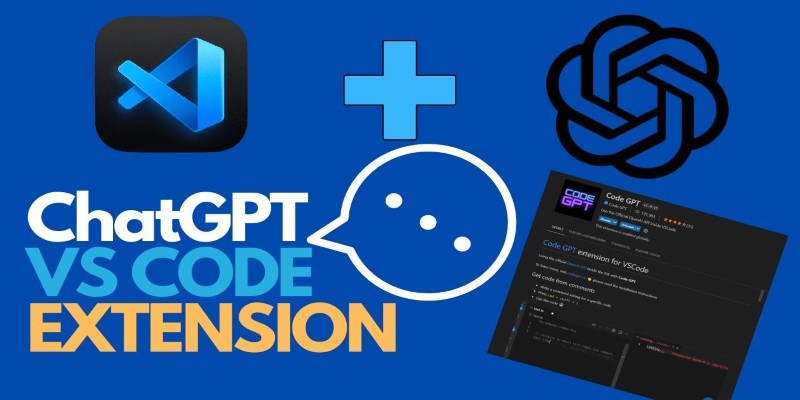
Spending hours in VS Code? Explore six of the most useful ChatGPT-powered extensions that can help you debug, learn, write cleaner code, and save time—without breaking your flow.

Looking for an AI that delivers fast results? Claude 3 Haiku is designed to provide high-speed, low-latency responses while handling long inputs and even visual data. Learn how it works

Wondering how to turn a single image into a 3D model? Discover how TripoSR simplifies 3D object creation with AI, turning 2D photos into interactive 3D meshes in seconds